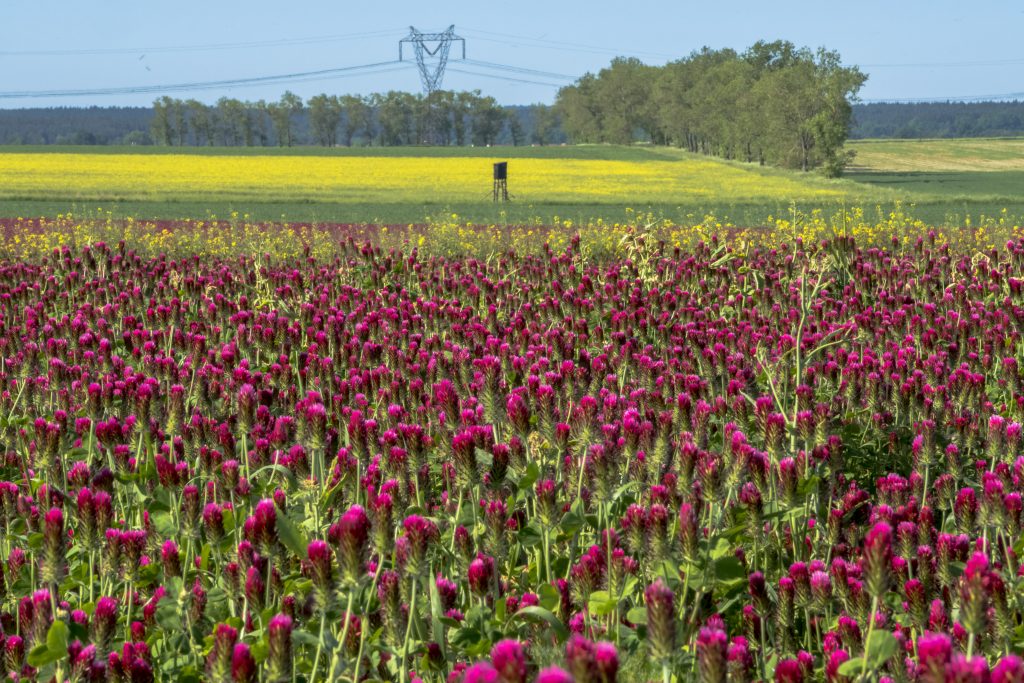NightSpider
Active Member
Me and a few of my friends live in a country where cannabis is prohibited and we got sick and tired of paying hefty sums to dealers for mediocre weed, and on top of that the Covid-19 situation doubled the prices so we decided to grow.
For our first batch we bought a 4x4 tent and 2 Mars Hydro TSL2000s. Because of the pandemic, we had a hard time with procuring quality seeds and all we could find immediately were granddaddy purple autos and ak47 autos (the source is questionable, no idea if it is what he says it is or even if it is, whether it is good genetics.)
I planted 3 of each in 6 plastic holed pots. they were 20 litres each but dont ask why, we could only fill them 15 litres. I fed them with terra aquatica (general hydro) organic grow and bloom liquid nutes with the root and bloom boosters from the same product line. I also bought some canna rhizotonic, cal mag and fulvic acid and applied it as far as I have so far understood how to, but I doubt in the proper way hehe. It took time to procure the Bluelab ph and ec meter, so we had serious ph problems in the first half of the grow and we fed chlorinated water for the first 2 weeks. We have problems with ac and the temps have been high so the tent reached 31c temperature easily every day hehe. Also I overdid the lst for autos, stretched them out too much, resulting in 10 cola growths in each plant and stressed them out way too much. Oh and of course we transplanted them in a shabby way, which we never should have done in the first place. We botched this grow in many ways but we treated this first grow as a learning period without high hopes anyway. I have no idea what yield or quality we will get from these 6 pots, my realistic expectations are 15-35 gr per pot but it could be 10 or 60 too so who the hell knows lol, no harm in dreaming.
We will soon harvest this batch and we want to do things the right way for the second time. We are getting our second tent, I first aimed at Gorilla GGT5x5 and a Mars Hydro FC6500 for it but we have had problems so I have no idea what the second tent and light will be.
We do not want to go chemical nutes but because of the prohibition, the scope of our grow is very limited and we do not have the luxury of going full on lord of the organcics with no till, letting the plant be one with the bacteria and fungi, accepting drastic drops in yield. We would like to find a balance of yield and quality. What we're looking for is keeping as much of the flavor and quality of organics with good yields.
As you can understand, I am trying to understand everything comprehensively but it is hard to do that with so many different opinions and long hours of research it requires. For this batch, I would like your opinions and help to decide what to do right now regarding
1) The soil I use ( will quality bagged soil with amending be good enough or will using self made soil create that much of a difference),
2) How and what to feed the plants with (water only soil/ liquid organic nutes / teas / surface adding / combination?),
3) Training method ( I am for sure gonna use scrog since the bottleneck of our production is the amount of electricity we can use in an apartment without it being suspicious and I have to make the most of the lights I have. As far as I understand manifolding is good for easy transportations of nutes throughout the plant and getting few big colas instead of more smaller ones. I have ordered some seeds and as far as I understand some genetics are more suitable for manifolding because they are single cola dominant. I am wondering if any of these are good for manifolding so that I can decide whether to grow the manifolding suitable ones with just scrog or manifolding them as well as using scrog. Also, if I do choose to manifold, one of the two tents will be manifold+scrog for the suitable genetics and the other will be just scrog for the ones which are not. Thinking in yield/m2/day wise, plants with how many manifolded colas are ideal, 8/16/32? Lets say I choose to use the 4x4 tent for manifolding instead of the 5x5. The light hitting that 4x4 canopy can grow only so many decent sized manifolded colas. Lets call that sweet amount of colas x, since too many colas or too few might reduce total yield. Depending on x, what would be the ideal way? Covering the canopy with fewer 16 or 32 cola manifolded plants or more 8 cola plants? These are the questions in my mind.)
I have many more questions but I need some understanding of what I will prefer regarding these questions before it makes sense for me to ask the next ones.
Any answer would be much appreciated, thank you.
For our first batch we bought a 4x4 tent and 2 Mars Hydro TSL2000s. Because of the pandemic, we had a hard time with procuring quality seeds and all we could find immediately were granddaddy purple autos and ak47 autos (the source is questionable, no idea if it is what he says it is or even if it is, whether it is good genetics.)
I planted 3 of each in 6 plastic holed pots. they were 20 litres each but dont ask why, we could only fill them 15 litres. I fed them with terra aquatica (general hydro) organic grow and bloom liquid nutes with the root and bloom boosters from the same product line. I also bought some canna rhizotonic, cal mag and fulvic acid and applied it as far as I have so far understood how to, but I doubt in the proper way hehe. It took time to procure the Bluelab ph and ec meter, so we had serious ph problems in the first half of the grow and we fed chlorinated water for the first 2 weeks. We have problems with ac and the temps have been high so the tent reached 31c temperature easily every day hehe. Also I overdid the lst for autos, stretched them out too much, resulting in 10 cola growths in each plant and stressed them out way too much. Oh and of course we transplanted them in a shabby way, which we never should have done in the first place. We botched this grow in many ways but we treated this first grow as a learning period without high hopes anyway. I have no idea what yield or quality we will get from these 6 pots, my realistic expectations are 15-35 gr per pot but it could be 10 or 60 too so who the hell knows lol, no harm in dreaming.
We will soon harvest this batch and we want to do things the right way for the second time. We are getting our second tent, I first aimed at Gorilla GGT5x5 and a Mars Hydro FC6500 for it but we have had problems so I have no idea what the second tent and light will be.
We do not want to go chemical nutes but because of the prohibition, the scope of our grow is very limited and we do not have the luxury of going full on lord of the organcics with no till, letting the plant be one with the bacteria and fungi, accepting drastic drops in yield. We would like to find a balance of yield and quality. What we're looking for is keeping as much of the flavor and quality of organics with good yields.
As you can understand, I am trying to understand everything comprehensively but it is hard to do that with so many different opinions and long hours of research it requires. For this batch, I would like your opinions and help to decide what to do right now regarding
1) The soil I use ( will quality bagged soil with amending be good enough or will using self made soil create that much of a difference),
2) How and what to feed the plants with (water only soil/ liquid organic nutes / teas / surface adding / combination?),
3) Training method ( I am for sure gonna use scrog since the bottleneck of our production is the amount of electricity we can use in an apartment without it being suspicious and I have to make the most of the lights I have. As far as I understand manifolding is good for easy transportations of nutes throughout the plant and getting few big colas instead of more smaller ones. I have ordered some seeds and as far as I understand some genetics are more suitable for manifolding because they are single cola dominant. I am wondering if any of these are good for manifolding so that I can decide whether to grow the manifolding suitable ones with just scrog or manifolding them as well as using scrog. Also, if I do choose to manifold, one of the two tents will be manifold+scrog for the suitable genetics and the other will be just scrog for the ones which are not. Thinking in yield/m2/day wise, plants with how many manifolded colas are ideal, 8/16/32? Lets say I choose to use the 4x4 tent for manifolding instead of the 5x5. The light hitting that 4x4 canopy can grow only so many decent sized manifolded colas. Lets call that sweet amount of colas x, since too many colas or too few might reduce total yield. Depending on x, what would be the ideal way? Covering the canopy with fewer 16 or 32 cola manifolded plants or more 8 cola plants? These are the questions in my mind.)
I have many more questions but I need some understanding of what I will prefer regarding these questions before it makes sense for me to ask the next ones.
Any answer would be much appreciated, thank you.



